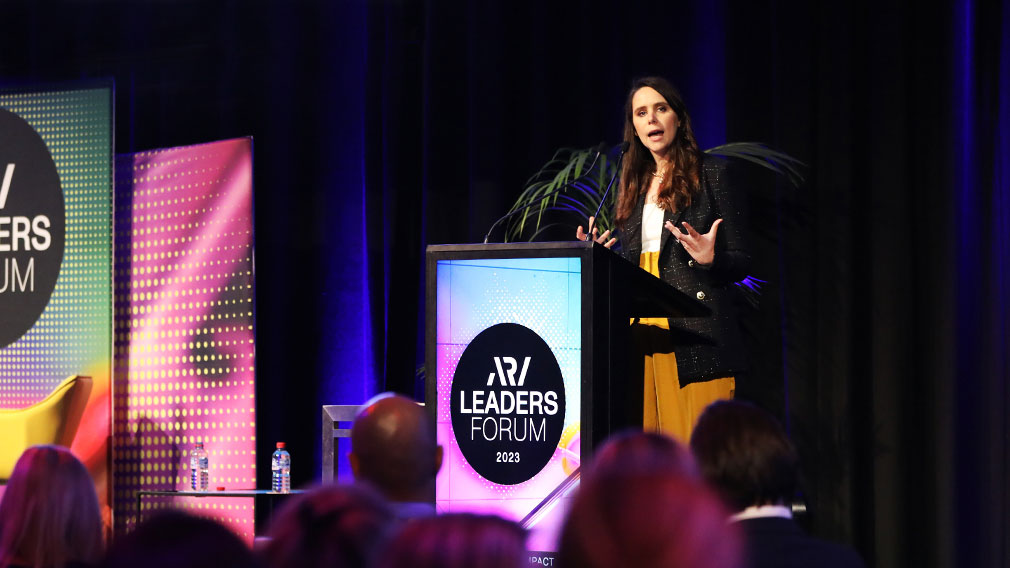Expanded data powers another step on ‘open banking’ path

Open banking is likely to help simplify home loan processes, says Westpac's mortgages managing director, Anthony Hughes. (Emma Foster)
Amid last week’s focus on the mid-year budget, AGMs and the Omicron variant, you could be forgiven for missing the less-heralded news about the consumer data right regime.
In a nutshell, the regime is expanding.
As part of its response to an inquiry into its future released a year ago, the government last week said it’s expanding the consumer data right to make everyday banking tasks, such as making payments, opening and closing accounts and applying for a home loan, easier for consumers and small businesses.
For background, the consumer data right was born in 2017 to give consumers more control over the data they generate when engaging with businesses. The first use case is “open banking”, which kicked off in July 2020, giving consumers and small businesses more power over their own banking data.
Up until now, it could only be used by consumers to instruct businesses, such as their bank, to share their data with an accredited third party. The expansion announced last week means consumers will be able to instruct third parties to initiate actions on their behalf, for example asking to make payments on your behalf or open a new product.
As more and more players become accredited by the Australian Competition and Consumer Commission to offer services under the regime, the benefits to consumers are beginning to be realised.
Anthony Hughes, Westpac’s mortgages managing director, believes open banking is likely to be a gamechanger when it comes to home lending due to the role it can play in “stripping away all the paper artefacts” of the past. It comes as the home loan market increasingly goes digital, new players enter the space and all participants invest heavily to speed up and simplify the approval process.
“Once we have a majority of the data available, it’ll make a really big difference to how quickly and easily we can help a customer with their mortgage and other needs,” Hughes says.
Hughes, who was appointed in July 2020 to lead Westpac’s mortgages “line of business”, formed as part of the new operating model brought in by chief Peter King, says it will help to drive the second wave of digitisation of the mortgage process.
“The first wave of digitisation was really about turning physical paper into digitised paper, but frankly it was still paper,” Hughes says.
“But the true world of digital is when the paper goes away altogether and you're automatically pulling verified data, obviously with the customer’s consent, from other sources.
“It might be data from the Australian Tax Office, or a credit bureau, or a customer’s banking transaction accounts – and, given that data's verified, you don't need to ask for any of those old school documents that we were required to ask for in the past.”
He uses the example of automating data capture to do away with the need for payslips as proof of income, instead pulling salary credit history – regardless of the customers’ bank. Similarly, data can be auto-captured for credit checks, land title checks and property valuations.
"For around third of our customers, we use electronic valuation – an algorithm that within seconds you punch in an address, you have a valuation, and we use it straight away. That’s one practical example of one step in the mortgage process that can bring incredible speed,” says Hughes, who has oversight of more than $450 billion of mortgage lending – or 64 per cent of Westpac’s total lending book – as at September 30.
Historically one of the most complex loan processes due to its many legal, regulatory and lending hoops (and paperwork), Hughes says the COVID pandemic – and vibrant competition in the market – supercharged the work already underway to digitally chip away at the friction.
“It’s forced creative ways of thinking about how to support home loan customers digitally, and sped up our processing improvements for customers,” says Hughes.
This included switching on a digital mortgage origination platform which enables borrowers to apply for and track a mortgage end-to-end online. Since launch 12 months ago, the number of the bank’s first party mortgage applications through the platform has grown to 86 percent. Hughes expects all mortgages – whether from first parties or via brokers – to come through the platform by 2024.
It’s created a springboard for other incremental digital improvements – such as the ability for automatic credit decisions for just over 70 percent of applicants; digital signatures on documents (rather than the historic requirement for ink on paper); and for property valuations to be pulled electronically where the data exists (currently around a third of the bank’s mortgage applicants).
While Hughes says Westpac’s digital improvements in the past year have sped up mortgage processing times, there is more work to be done to be among the fastest.
“For some customers, we can do same day – we can issue docs within a couple of hours digitally,” he says.
“But when we’re talking about averages, in the first party channel right now, it’s about eight to nine days with the fastest at around six to seven days. We have work to do to get to the head of the pack.”
Among the range of nascent technology Hughes is looking at to improve the speed and simplicity, he names digital biometric identity verification as having great potential.
“We've got to continue to digitise the process, end to end, in the eyes of the customers. That means getting faster, more reliable and taking the effort out for them, and then guiding them in those key moments of truth and doing that incredibly consistently,” Hughes says.
“If we can achieve what we’ve been able to in the last 12 months in the next two years, I think we're well on our way,” he says.




